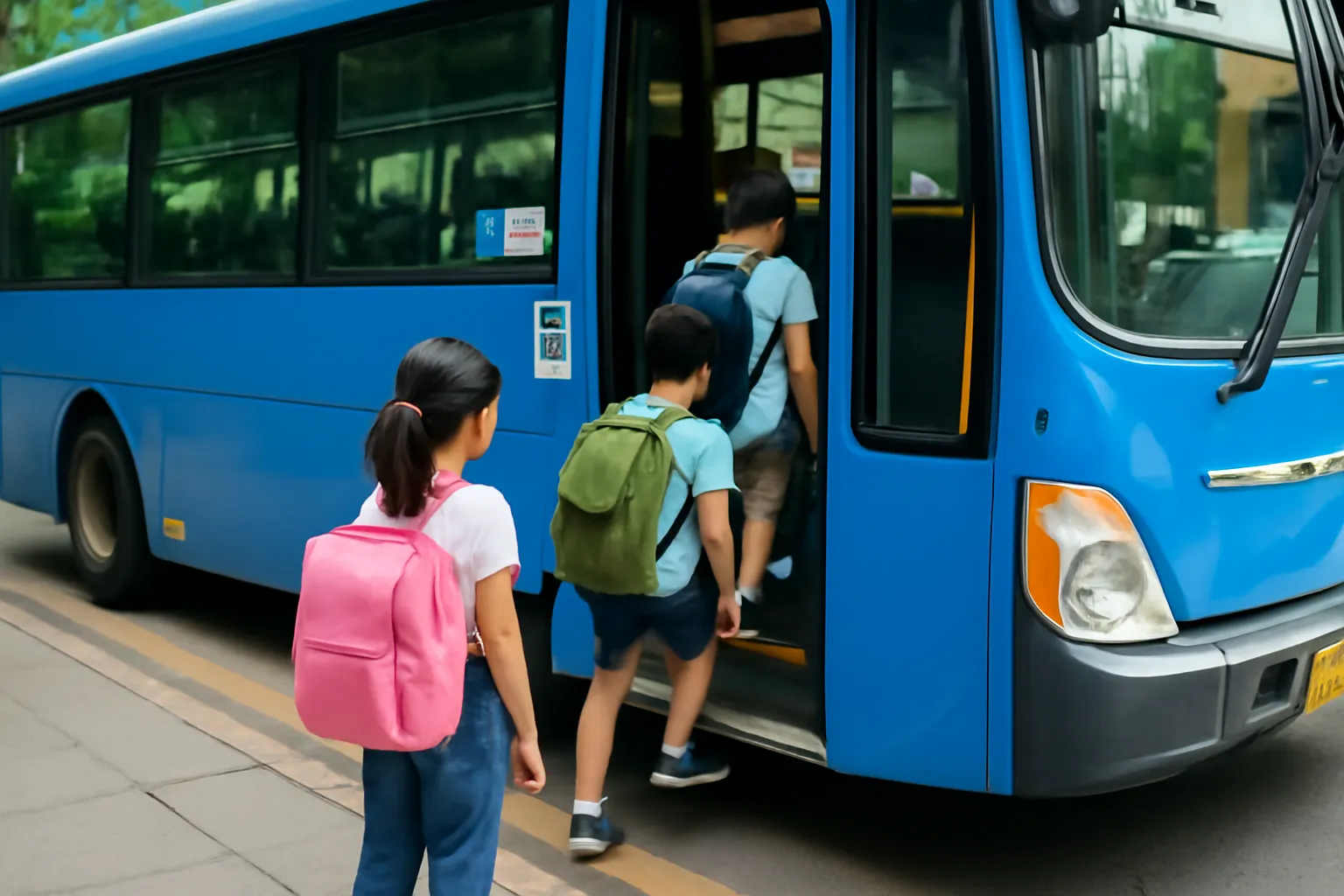Are you curious about the bus fare system for elementary school students in Seoul? How much do parents pay for transportation services for their young learners? In this article, we’ll explore the details of Seoul Elementary School Student Bus Rate, the various associated costs, and the policies regarding free bus fare for students. If you are a parent or resident of Seoul, understanding these fees is essential. This post will walk you through everything you need to know!
Understanding Seoul Elementary School Student Bus Rates
The cost of transportation for elementary school students in Seoul can vary depending on several factors. Typically, students attending schools in urban areas such as Seoul often rely on buses to get to and from school. Seoul’s public transportation system is well-developed, making it easier for students to commute efficiently.
The Seoul Elementary School Student Bus Rate refers to the cost that parents or guardians need to pay for their child’s bus ride to and from school. This fare is determined based on the distance from the student’s home to their school, with more affordable fares for shorter distances.
In general, Seoul follows a subsidized fare system for elementary school students. This means that the city aims to reduce transportation costs for families. The Seoul Metropolitan Government has implemented a pricing system that ensures affordability while maintaining the quality of service.
For example, a typical fare for a student’s one-way trip may cost approximately 1,000 to 2,000 KRW, depending on the length of the route. It’s worth noting that bus fees are usually lower than those for older students, such as middle or high schoolers, due to the government’s focus on encouraging safe transportation for younger children.
These rates may fluctuate depending on school policies or changes in city regulations. Parents are advised to stay updated on official communications from local schools regarding potential fare adjustments.
👉 Click here to learn more about bus fares in Seoul👈
Seoul Elementary School Student Bus Fee: A Closer Look
What is the Seoul Elementary School Student Bus Fee?
In addition to the basic rates mentioned above, the Seoul Elementary School Student Bus Fee encompasses any additional costs that might be incurred, including registration fees, insurance, or administrative charges. These fees may be levied by the transportation companies providing bus services, but the amounts are generally modest.
The Seoul government has invested in ensuring that student transportation remains within the financial reach of most families. The fees are designed to be manageable, and discounts or exemptions may apply for students who need extra support due to factors like low income or disabilities.
For parents concerned about the exact fee breakdown, these figures may vary depending on the school district or the service provider. Often, local district offices will post specific information online or at schools for parents to access. The goal is to make sure no student is excluded from the opportunity to use public transportation due to financial hardship.
Are There Free Bus Fares for Seoul Elementary School Students?
A significant feature of the Seoul transportation system is the existence of free bus fare policies for elementary school students, designed to support families and ensure children have access to safe and reliable transportation. In some districts, children may qualify for free bus rides under specific conditions, typically based on income level or special educational needs.
These free transportation benefits are a form of social welfare for families facing financial difficulties. Parents can apply for these benefits through their school’s administration or through the local district government. For example, children from low-income families can sometimes receive waivers for bus fares, ensuring they do not have to worry about additional costs related to school transportation.
In addition to financial exemptions, there are instances where certain routes or transportation programs, especially those funded by the government, are free for all students, regardless of their economic background. These services are particularly prevalent in suburban areas of Seoul and in specific districts where transportation might be harder to access.
It’s important to note that these policies are subject to change, and eligibility criteria may be reviewed periodically by the government. As such, it’s always recommended for parents to check with their schools to determine if they qualify for these free bus fare benefits.
👉 Find out how to apply for free bus fare services👈
Gyeonggi-do Elementary School Bus Fee: Comparing with Seoul
While Seoul’s system is well-known, Gyeonggi-do, the province surrounding Seoul, follows similar guidelines for elementary school student transportation. The Gyeonggi-do elementary school bus fee is also subsidized but can differ slightly due to the geographical layout and the greater distances involved in the region compared to Seoul.
In Gyeonggi-do, students might face slightly higher costs for school bus rides due to the extended travel routes. However, the structure remains affordable, and there are programs in place to help families manage the cost of transportation, particularly for those who live in rural or less accessible areas. Like in Seoul, Gyeonggi-do also offers financial assistance in the form of discounts or free fares for students in need.
This regional variation can sometimes confuse parents who are used to the pricing system in the capital city. As Gyeonggi-do offers a broader range of suburban routes, the fees are calculated based on both distance and the cost of maintaining routes that connect these more distant areas to urban centers like Seoul.
Local government offices and school districts in Gyeonggi-do provide detailed fare schedules, and parents are encouraged to visit these resources to understand the full range of options available to them.
👉 Learn more about bus fare structures in Gyeonggi-do👈
Conclusion: Navigating School Bus Rates in Seoul and Beyond
To wrap up, understanding the Seoul Elementary School Student Bus Rate and associated fees is key to navigating transportation costs for young learners. With a range of fare structures, free bus ride programs, and government subsidies, Seoul aims to ensure all children have access to safe and affordable transportation. Moreover, neighboring regions like Gyeonggi-do offer similar policies, but with some variations based on distance and local needs.
Whether you are a parent, a student, or a community member, knowing how bus fares work in your area can help you plan better for the academic year. Be sure to keep an eye on local announcements and updates about fare changes or new programs to ensure your child can always get to school comfortably and without financial strain.
“Transportation is not just about moving people—it’s about connecting communities,” and in Seoul, the goal is to keep these connections as accessible as possible for every student.






